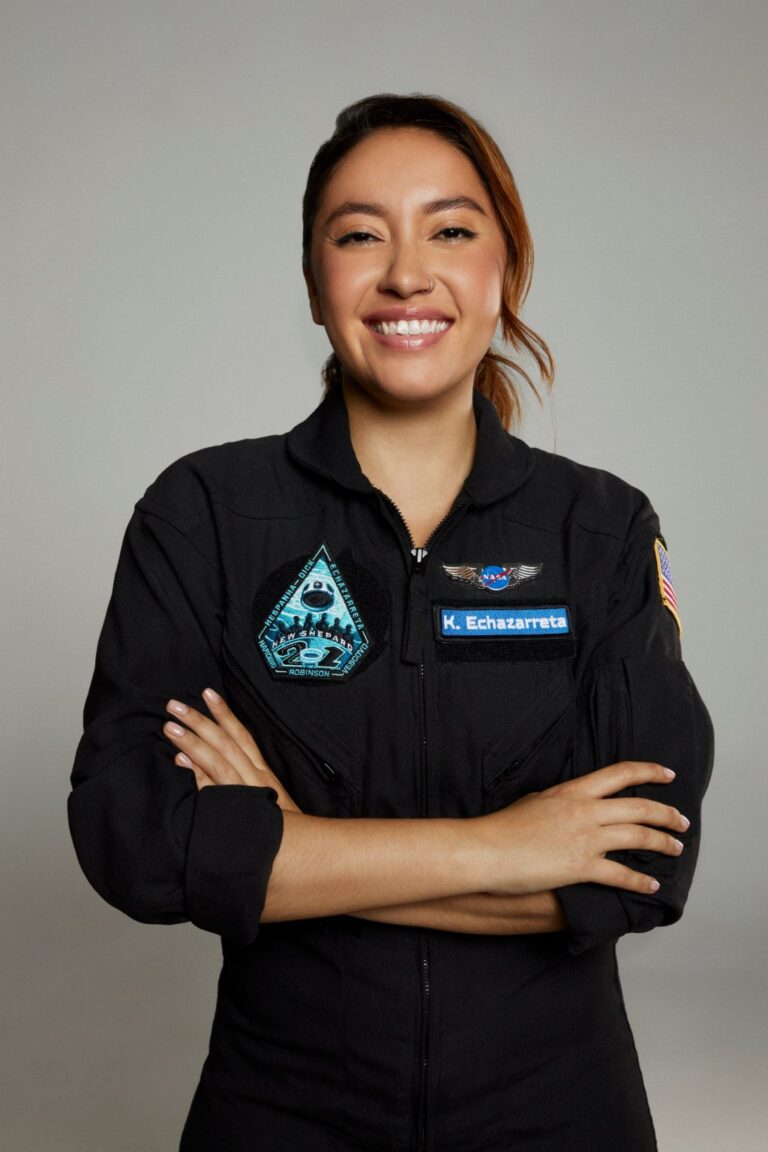As a child, I was fascinated by space. I was 7 years old when I first said that I wanted to be an astronaut one day. In high school, I decided to combine my love of space with my love of electricity and majored in electrical engineering. But life isn’t always that simple. When my parents divorced, I was at a crossroads: go to college, take out student loans, work multiple jobs and figure it out on my own, or stay home, decline admission and get help from my mom and family. recover.
My mom was a single parent for the first time, and I was helping support our family. She had no work experience when she gave birth to my sister at 17, and we were solely dependent on my paycheck at McDonald’s. I knew I needed to work to put food on the table, but I also knew I couldn’t afford not to get an education. Without it, we would be in this forever. I kept working and searching for the most affordable education I could.
San Diego City College was not even on my radar until then. Looking back, it was one of the best decisions of my life. When I joined the MESA program and faced an environment full of encouragement, support, camaraderie and friendship, I felt that I had found something special. Discovering the learning culture was fundamental for me. I realized that there is always room to grow and improve, especially when it comes to education. At City College, I learned how to fail, be courageous, succeed, and most importantly, believe in myself. I transferred from San Diego City College to UCLA, where I earned a Bachelor’s degree in Electrical Engineering. I then furthered my education by earning a Master’s degree in Electrical Engineering at Johns Hopkins University. Starting my career at NASA’s Jet Propulsion Laboratory, I was able to make significant contributions to several groundbreaking missions, including the Perseverance rover designed to explore the Jezero Crater on Mars and the Europa Clipper project, the first mission on Earth to conduct an in-depth scientific investigation of Jupiter’s moon Europa.
While working at NASA, I decided to apply for my first space mission. I was selected from 7,000 applicants from over 120 countries and have the honor of being Space for Humanity’s first private astronaut on Blue Origin’s NS-21 flight in 2022. The flight allowed me to study the “bird’s-eye view effect,” a mindset shift that allows us to understand how everything is connected and become more conscious of our impact on the environment, and I will be the first Mexican-born woman to travel in space.
Beyond my technological accomplishments, I was determined to be an advocate for education and inclusion in science, technology, engineering and mathematics. I founded an organization called “Fundación Espacial Katya Echazarreta” and launched important education initiatives, including Latin America’s first Aerospace Education Training Camp. The camp aims to provide the highest level of aerospace, robotics and STEM education at no cost to over 100 students between the ages of 13 and 17. Designed to bridge the education gap in underserved communities, the curriculum is aligned with cutting-edge space exploration initiatives and aims to inspire the next generation of space explorers and scientists.
The influence I aim to achieve also extends to significant legislative advocacy. Recognizing the need for a structured legal framework to support and regulate space activities, I have been pushing constitutional reforms in the Mexican Congress. My efforts are focused on enhancing Mexico’s space industry capabilities by advocating for policies that support the development and sustainability of domestic aerospace initiatives. These legislative changes will not only strengthen Mexico’s position in the global space community, but also ensure a solid foundation for the country’s burgeoning space sector to thrive.
Echazarreta is a Space for Humanity citizen astronaut and lives in San Diego.
First published:


